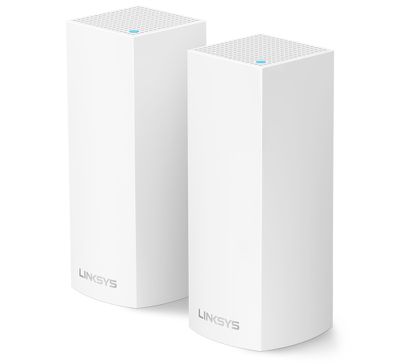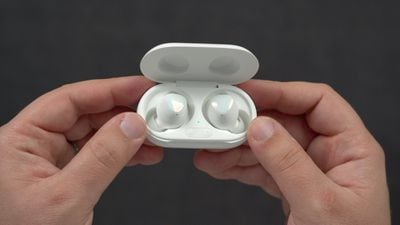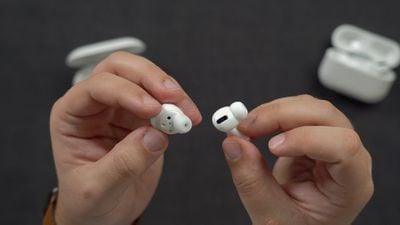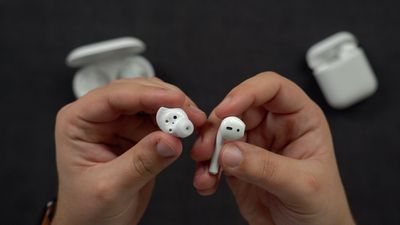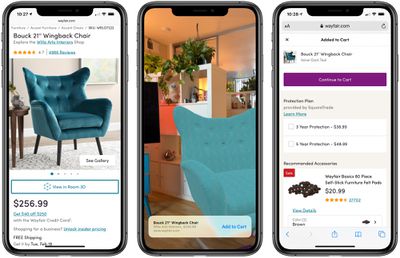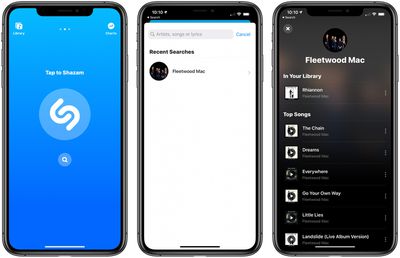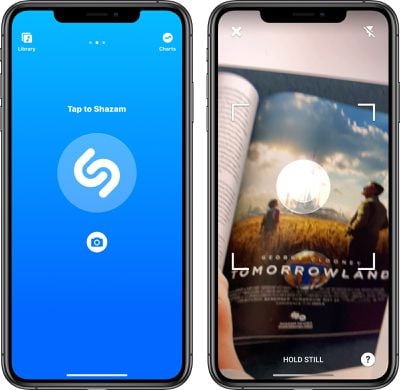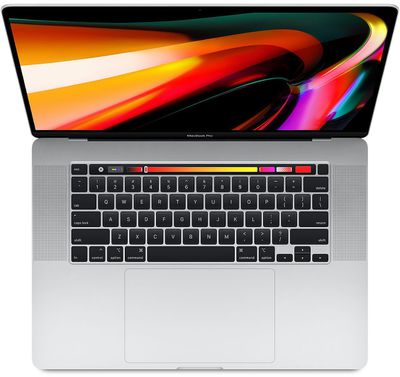Apple has been in an ongoing legal fight with Gerard Williams III, who worked at Apple until February 2019 when he left to start up a new company called Nuvia with other Apple developers.
Williams was Apple's lead chip designer, working on the A7 to A12X chips that Apple used in its mobile devices, and his new company develops processors for use in data centers. Apple first sued Williams in August 2019, claiming that his contracts with Apple prevented him from engaging in business activities that are directly related to Apple's business.

Since then, Williams has claimed that Apple invaded his privacy and monitored his texts, while Apple complained that Williams had been planning and developing Nuvia while still at Apple, and also soliciting Apple employees.
In January, Williams tried to get the lawsuit brought against him by Apple rejected by the court, but he was unsuccessful, and now he's back with a new claim that Apple has been recruiting engineers from Nuvia.
According to Bloomberg, Williams says that Apple is aiming to lure his staff away and is also preventing its own employees from leaving to pursue their own ventures. He claims that Apple's lawsuit against him for breach of contract aims to "suffocate the creation of new technologies and solutions by a new business, and to diminish the freedom of entrepreneurs to seek out more fulfilling work."
He goes on to accuse Apple of improperly deterring employees "from making even preliminary and legally protected preparations to form a new business - whether competitive or otherwise."
There has been no final word on whether the case will progress to trial yet, though a judge has already dismissed Apple's bid for punitive damages against Williams as Apple failed to show how Williams intentionally tried to harm the company by being disloyal.










 Note: MacRumors is an affiliate partner with StackSocial. When you click a link and make a purchase, we may receive a small payment, which helps us keep the site running.
Note: MacRumors is an affiliate partner with StackSocial. When you click a link and make a purchase, we may receive a small payment, which helps us keep the site running.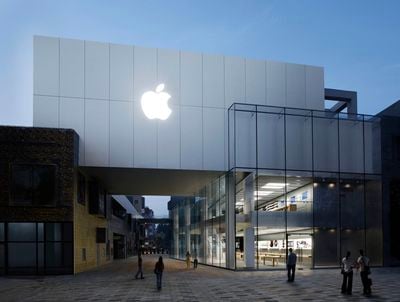

 Note: MacRumors is an affiliate partner with these vendors. When you click a link and make a purchase, we may receive a small payment, which helps us keep the site running.
Note: MacRumors is an affiliate partner with these vendors. When you click a link and make a purchase, we may receive a small payment, which helps us keep the site running.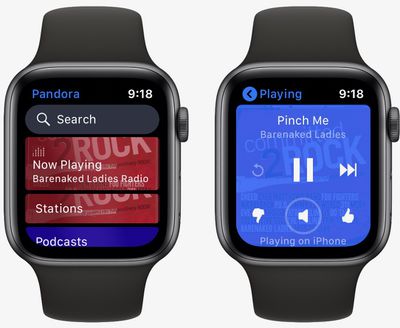
 Note: MacRumors is an affiliate partner with some of these vendors. When you click a link and make a purchase, we may receive a small payment, which helps us keep the site running.
Note: MacRumors is an affiliate partner with some of these vendors. When you click a link and make a purchase, we may receive a small payment, which helps us keep the site running.